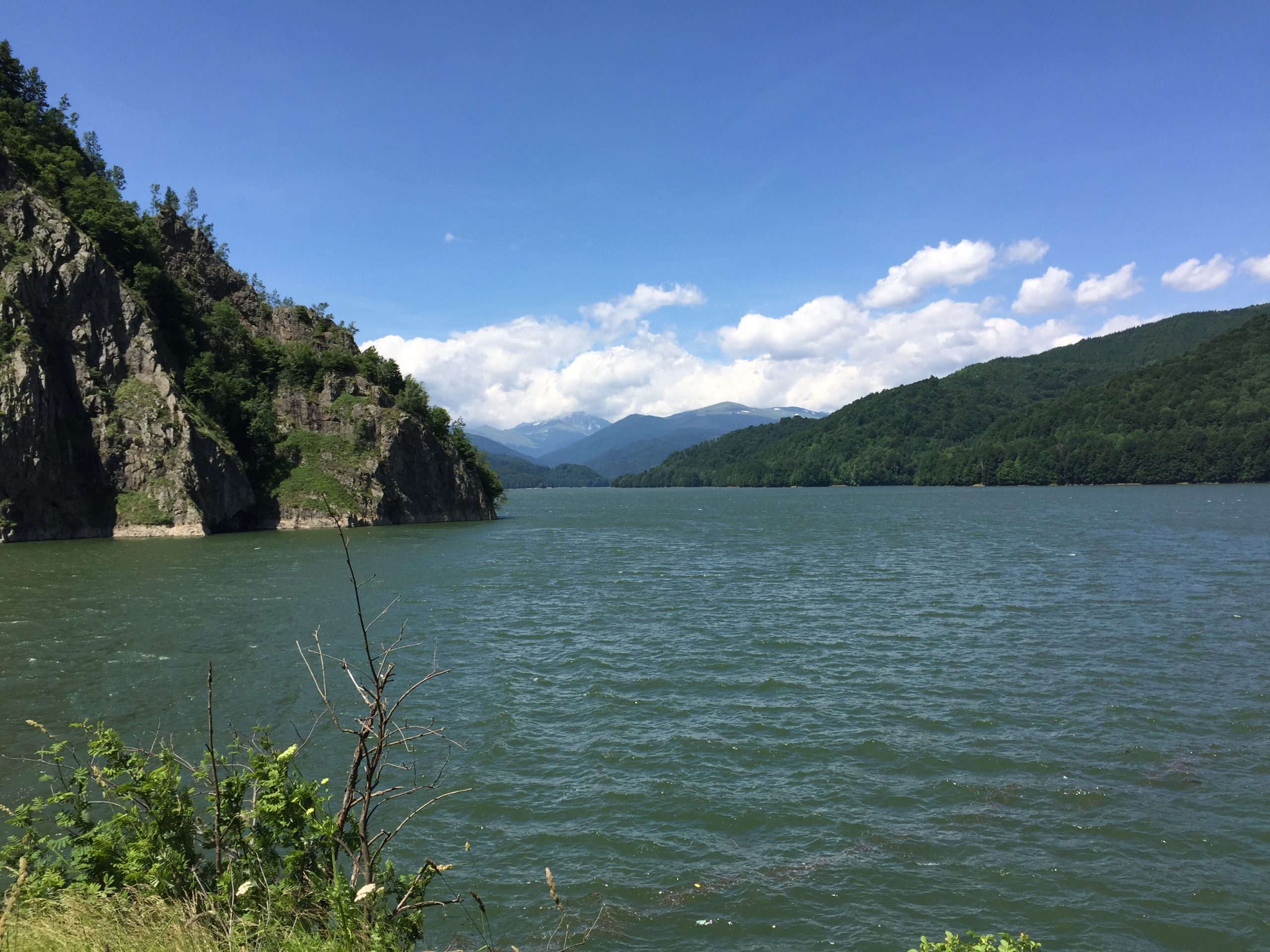Preview Romania: Country Basics

Until I set foot on Romanian soil for a family event in 2019, I pictured a country coldly washed in black-and-white and imagined that its occupants never smiled. I was, obviously, wrong. The country is alive with natural beauty, and the people are warm and friendly.
Happily, I’m headed back to Romania this summer and thought I’d write a post using a book called Welcome to Bucharest and Romania, which was gifted to us by the concierge at EuropaRoyale Hotel Bucharest in 2019. Here we go!
Romania is located in southeastern Europe and bordered by the Republic of Moldavia, Ukraine, Hungary, Serbia, Bulgaria, and the Black Sea. It measures 148,129 square miles or 238,391 square km and is divided into 41 counties (judete), plus the municipality of Bucharest.
The country’s population totals around 19 million. Romanians make up the largest ethnic group at around 89 percent followed by Hungarians at 6.5 percent and Roma at 3.3 percent. The government is a constitutional republic and the dominant religion is Romania Orthodox Christian (82%).
Romanian is, of course, the main language spoken in Romania with English and French following. In Transylvania, German and Hungarian are prevalent. Romanian is a romance language like Spanish and French, but it is more similar to Latin than the other romance languages. Romania was occupied by the Romans in the third century.
Bucharest is the capital, occupying an area of 148 square miles or 228 square km, and it is home to 1.794 million people. It has been the national capital since 1862 and is located between the Carpathian Mountains and the Danube River.
Romania is located in the Eastern European time zone (GMT +2) and participates in Daylight Saving time from the last Sunday in March to the last Sunday in October. Banking hours are between 09:00 and 17:00. Most stores close on Sundays. The school year lasts from September 15 to June 15, but universities don’t start classes until October.
Romania is located in a temperate zone. The temperature in Bucharest has an average high of 86 degrees Fahrenheit in August and an average low in January of 25 degrees Fahrenheit.
The currency used in Romania is the leu (plural lei). Currency can be exchanged at hotels, banks, or official exchange offices. ATMs are called Bancomats.
The country has a robust telecommunications system and in 2016 ranked number one in the world for internet connection speed. WiFi hotspots (free and paid) can be found in many locations. As for electricity, Romania uses the European plug (220V/50Hz).
Romania’s country code is 40, and you can call internationally from anywhere in the country. Like in the USA, Romanian phone numbers have 10 digits: A zero, a city code, and the number.
So, there you have it. Some basic facts about Romania. I hope to share some of my experiences from this visit to Romania in future posts. Have you been to Romania? Tell me about your experience in a comment below.
More Romania Posts:
Preview Romania: A Digest History




Very interesting information!
Looking forward to your posts!
Be safe. Take plenty of photos and don’t go anywhere near Russia. Godspeed.